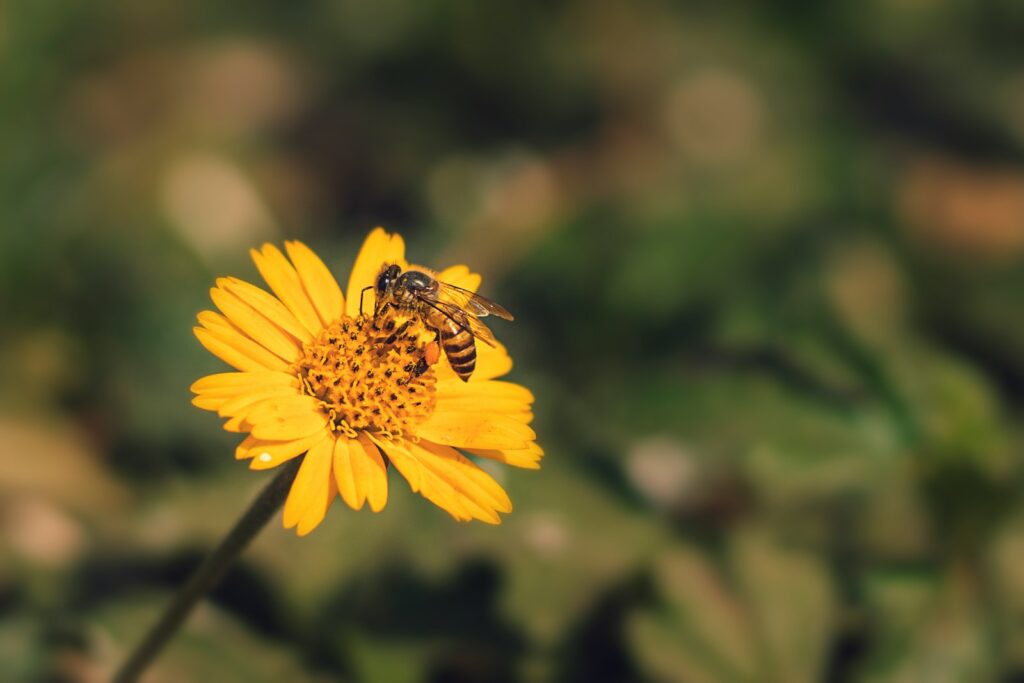In the intricate dance of nature, pollinators play a starring role that often goes unnoticed. These small but mighty creatures—from bees and butterflies to bats and birds—transfer pollen between flowering plants, enabling plant reproduction and the production of seeds and fruits. This seemingly simple act underpins our entire food system, with approximately 75% of the world’s food crops depending at least partly on pollinators. From your morning coffee to the almonds in your trail mix, pollinators make countless foods possible. Yet despite their crucial importance, pollinators face unprecedented threats worldwide. Their declining numbers sound an urgent alarm, forcing us to confront a sobering question: what would happen to our food systems, ecosystems, and ultimately our own survival if these essential creatures disappeared? Let’s explore the vital relationship between pollinators and our food chain, and the cascading consequences their absence would trigger.
The Amazing World of Pollinators: Nature’s Essential Workers
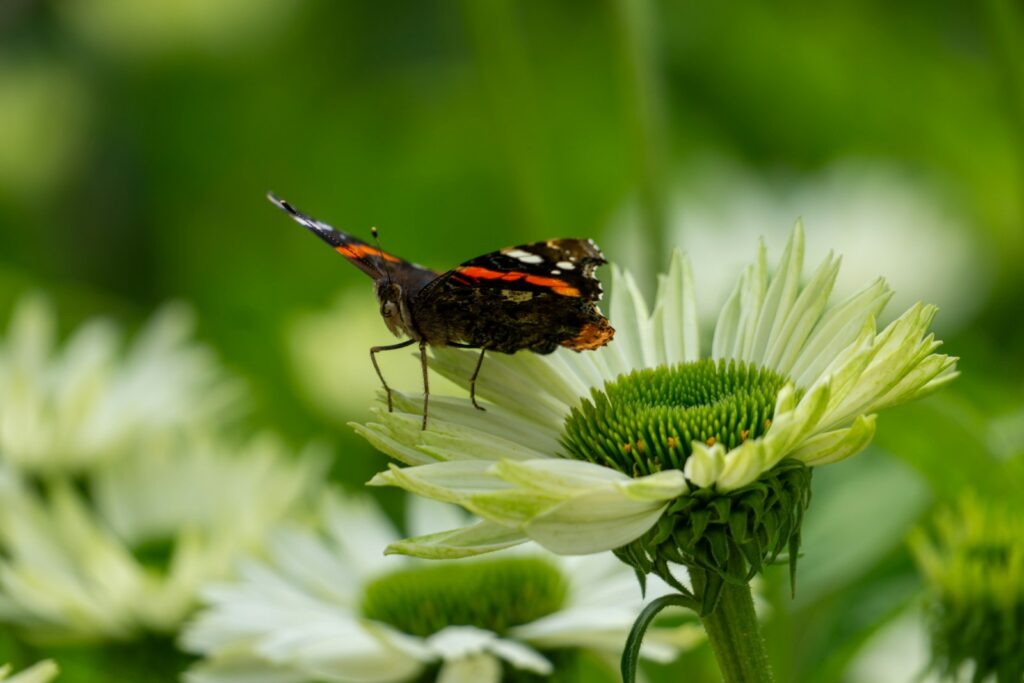
Pollinators comprise a diverse group of animals that includes over 20,000 species of bees, countless butterflies and moths, hundreds of bird species, bats, and even some small mammals and reptiles. Each of these creatures has evolved specific traits that make them effective at transferring pollen—from the fuzzy bodies of bumblebees that collect pollen as they move from flower to flower, to the long beaks of hummingbirds perfectly shaped to reach deep into tubular blossoms. While honeybees often get the most attention, wild native bees actually perform the majority of pollination services in many ecosystems, with some species specialized to pollinate only specific plants. This biodiversity of pollinators ensures resilience in natural systems, as different pollinators become active under varying weather conditions, at different times of day, and throughout changing seasons. The relationship between plants and their pollinators represents one of nature’s most beautiful examples of coevolution, where species have adapted together over millions of years to form mutually beneficial partnerships.
How Pollination Works: The Science Behind the Magic

Pollination is fundamentally a reproductive process that allows flowering plants to produce seeds and fruits. When a pollinator visits a flower in search of nectar or pollen as food, tiny pollen grains from the male part of the flower (anther) stick to the pollinator’s body. As the creature visits another flower of the same species, some of this pollen transfers to the female part (stigma) of the new flower, fertilizing it and enabling seed production. This cross-pollination introduces genetic diversity into plant populations, creating stronger, more adaptable offspring. Some plants can self-pollinate or rely on wind or water to transfer pollen, but animal pollinators typically provide more efficient and targeted pollen delivery. Remarkably, many flowers have evolved specific shapes, colors, scents, and bloom times to attract particular pollinators—for example, bee-pollinated flowers often have landing platforms and ultraviolet “nectar guides” invisible to humans but bright as neon signs to bees. This sophisticated process that evolved over millions of years ensures the continued reproduction of countless plant species that form the foundation of terrestrial ecosystems.
Our Food Supply’s Dependence on Pollinators
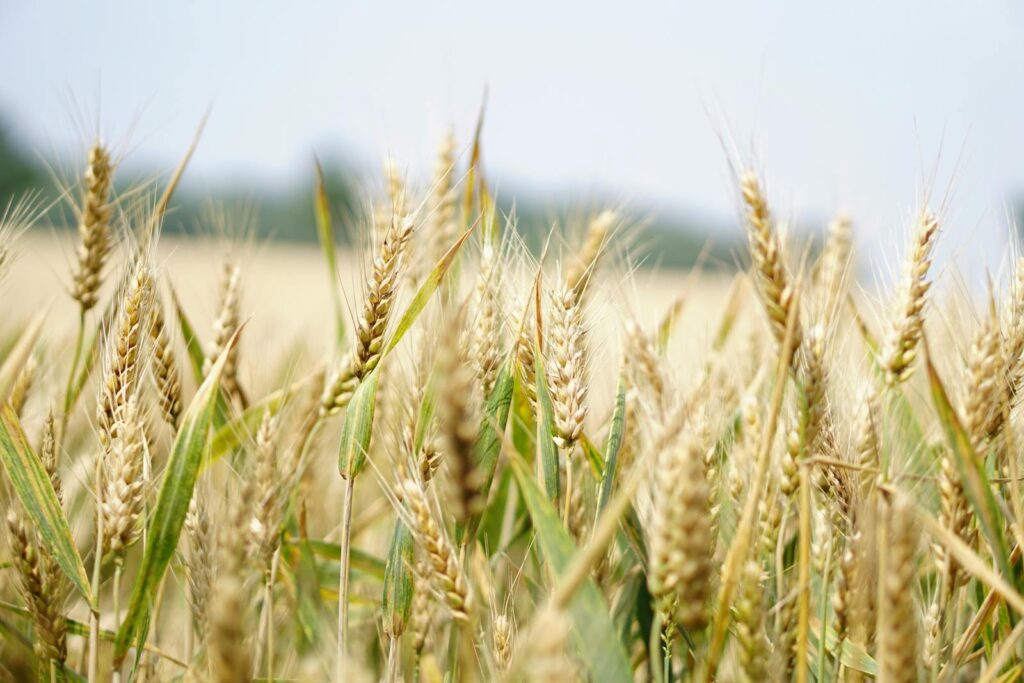
The statistics regarding our food supply’s reliance on pollinators are staggering—of the 1,400 crop plants grown around the world, nearly 75% require pollination by animals. While staple grain crops like wheat, rice, and corn are primarily wind-pollinated, many of our most nutritious and flavorful foods depend on animal pollinators, including most fruits, many vegetables, nuts, seeds, and oils. Without pollinators, our diets would lose much of their diversity and nutritional value, particularly becoming deficient in micronutrients provided by fruits and vegetables. The economic value of pollination services worldwide is estimated at between $235-577 billion annually, representing up to 10% of global agricultural production value. Beyond cultivated crops, pollinators support the reproduction of over 80% of flowering plants worldwide, producing seeds, fruits, and nuts that feed countless wild animals and maintaining plant communities that provide oxygen, clean water, and other ecosystem services essential to human survival. This extensive dependency demonstrates that pollinators aren’t just nice to have—they’re necessary for maintaining both human food security and the health of natural ecosystems.
The Honeybee: Agriculture’s Most Famous Pollinator
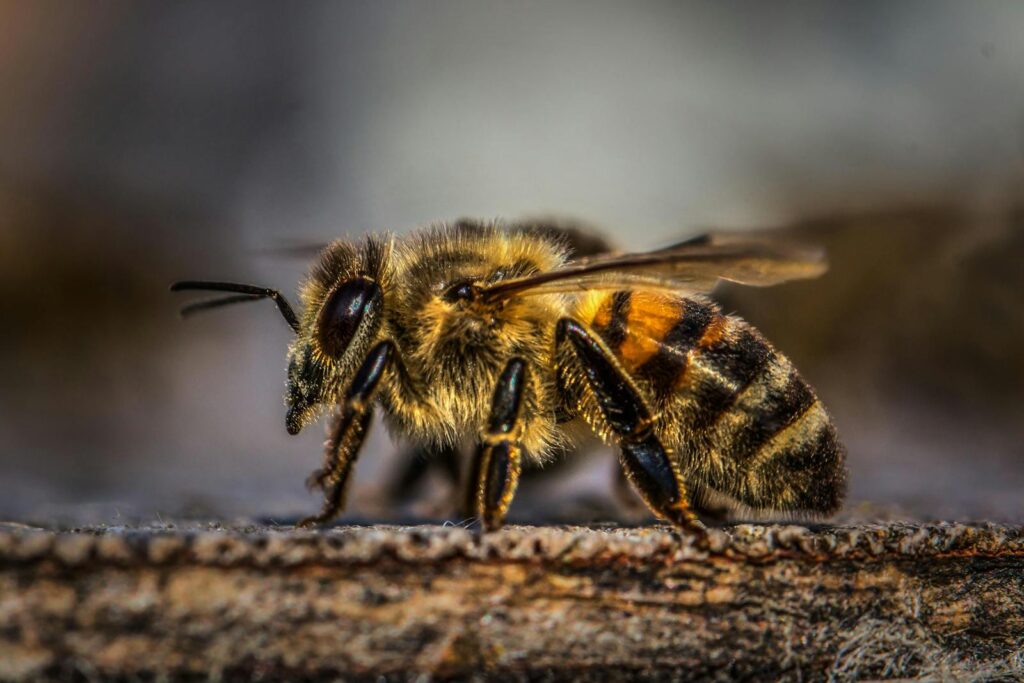
Honeybees (Apis mellifera) stand as the world’s most economically valuable pollinators, contributing an estimated $15 billion annually to U.S. crop production alone through their pollination services. These social insects live in highly organized colonies containing up to 60,000 individuals, with specialized workers that can visit up to 5,000 flowers in a single day, making them remarkably efficient pollinators. Modern agriculture has become deeply dependent on managed honeybee colonies, which are transported across countries to pollinate large-scale commercial crops—in the United States, over two million honeybee colonies are trucked around the country each year, following blooming seasons from California almond orchards to Maine blueberry fields. Beyond their pollination services, honeybees produce valuable products including honey, beeswax, propolis, and royal jelly. Despite their agricultural importance, honeybees have faced significant challenges in recent decades, with beekeepers reporting unusually high annual colony losses due to a complex interplay of parasites, diseases, pesticides, poor nutrition, and habitat loss—a phenomenon termed Colony Collapse Disorder that has heightened awareness about the vulnerability of these critical pollinators.
Beyond Bees: The Diverse Community of Pollinators
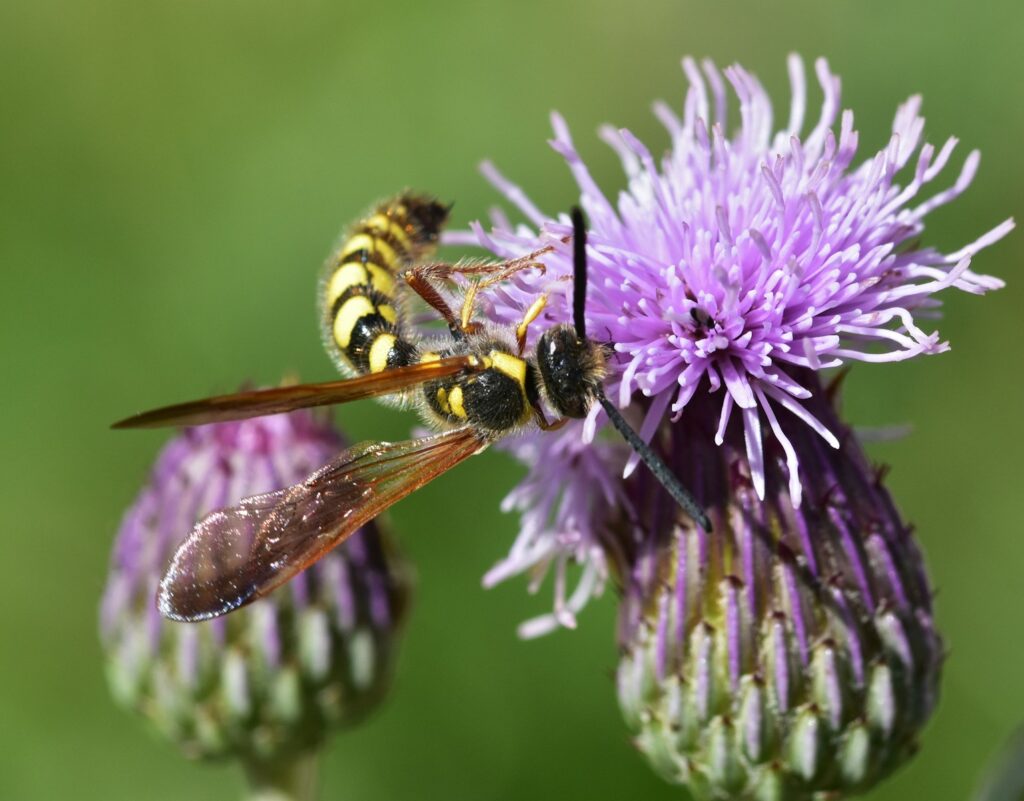
While bees receive most of the spotlight in pollinator discussions, a remarkably diverse array of creatures provides essential pollination services across the globe. Butterflies and moths—with over 180,000 species worldwide—pollinate many flowers, especially those that bloom at night, with some plants like orchids evolving to attract specific moth species with specialized nectar tubes matching the length of the moth’s proboscis. Hummingbirds, with their extraordinary ability to hover in place, are keystone pollinators in the Americas, favoring tubular red and orange flowers rich in high-energy nectar to fuel their incredibly fast metabolism. In tropical regions, fruit bats pollinate more than 500 plant species, including economically important crops like bananas, mangoes, and agave (used for tequila production), typically visiting flowers that open at night and offer strong scents and copious nectar rewards. Even some unexpected creatures serve as pollinators—certain beetles, flies, wasps, ants, and small mammals like possums and lemurs transfer pollen between flowers while foraging for food. This diversity of pollinators provides crucial ecological redundancy, ensuring that if one pollinator species declines, others may partially compensate, though many plants have evolved to depend on specific pollinators and would struggle to reproduce without them.
Pollinator Decline: A Global Crisis Unfolding
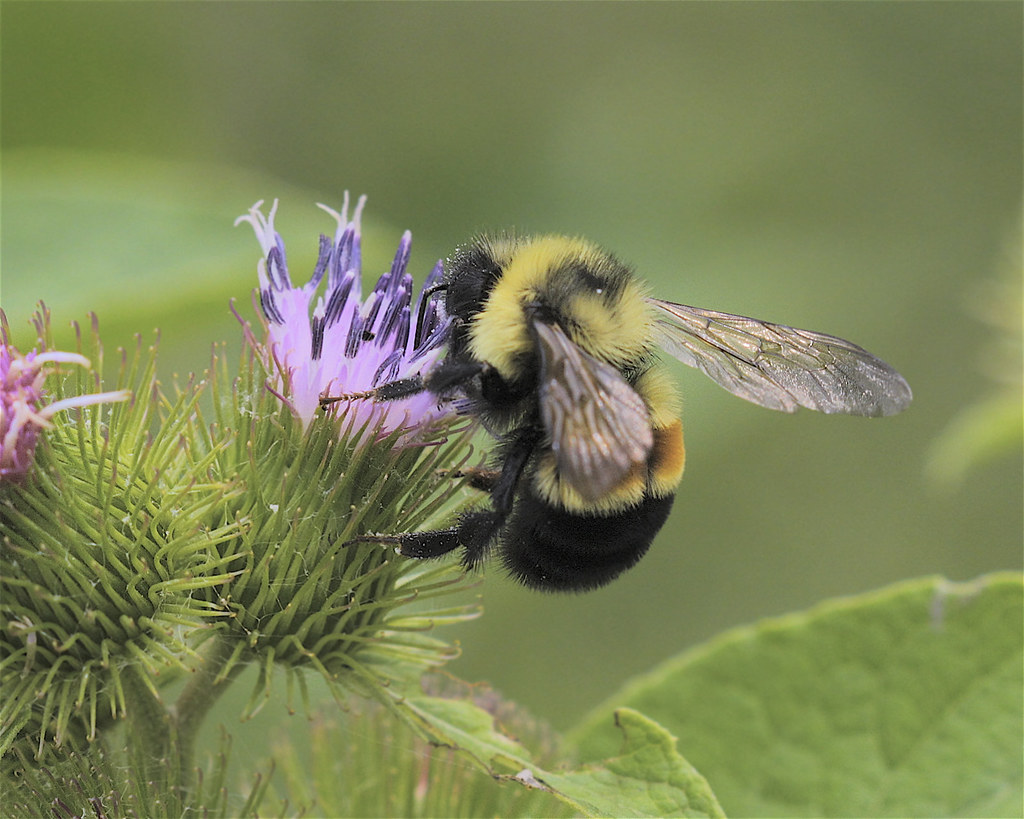
Scientists and conservationists worldwide have documented alarming decreases in pollinator populations over recent decades, with some regions reporting 45-60% declines in wild bee abundance. The International Union for Conservation of Nature (IUCN) estimates that nearly 17% of vertebrate pollinators and 9% of wild bee and butterfly species face extinction, while many more species lack sufficient data to assess their status properly. Multiple studies have revealed particularly steep declines in once-common species like the rusty-patched bumblebee, which has lost 87% of its range in North America and became the first bee species listed under the U.S. Endangered Species Act in 2017. Seasonal monitoring programs in Europe have documented a 76% decline in flying insect biomass over just 27 years, suggesting an ecological collapse with profound implications for pollination services. These losses aren’t evenly distributed—certain regions like agricultural intensification zones show more severe pollinator declines, creating potential “pollination deserts” where crop production becomes increasingly difficult. The global nature of this crisis, affecting virtually every continent and ecosystem type, indicates that pollinator decline represents not just a conservation issue but a significant threat to food security and ecosystem function worldwide.
Threats to Pollinators: A Perfect Storm
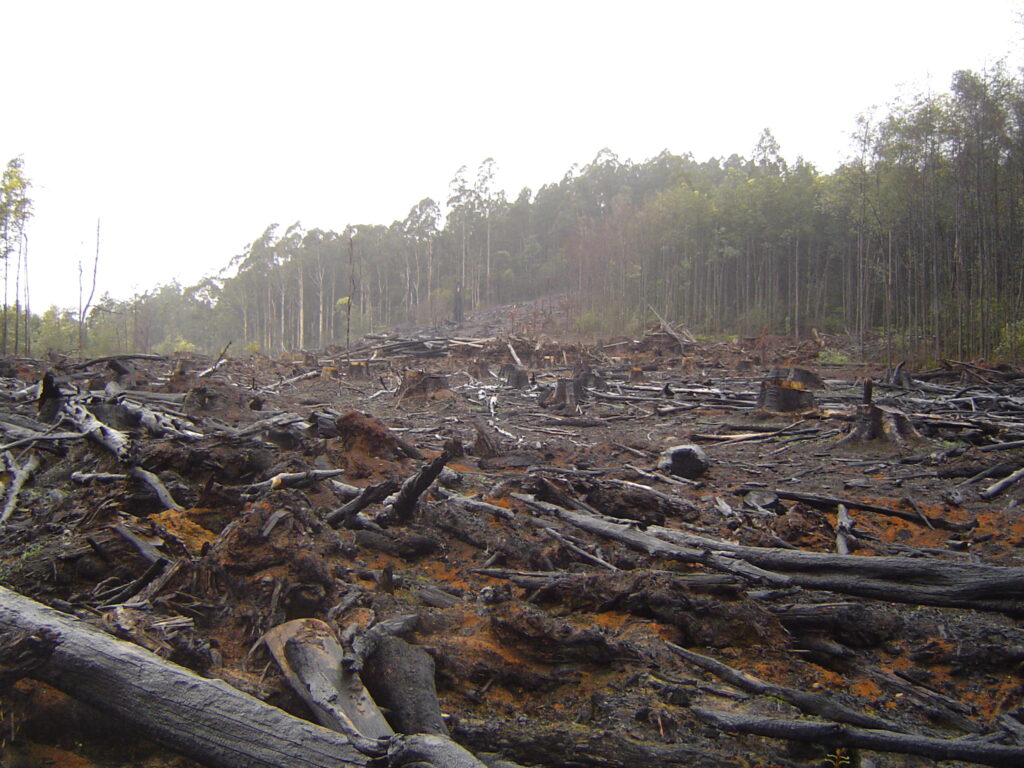
Pollinators face a constellation of interrelated threats that together create a “perfect storm” endangering their survival. Habitat loss and fragmentation rank among the most severe pressures, as urbanization, industrial agriculture, and development have eliminated or degraded natural landscapes containing the diverse flowering plants pollinators need for food and nesting sites. Widespread pesticide use, particularly neonicotinoids and other systemic insecticides that can persist in plant tissues and appear in pollen and nectar, has been linked to impaired foraging behavior, reduced reproduction, weakened immune systems, and increased mortality in bees and other pollinators. Climate change compounds these challenges by disrupting the synchronized timing between flowering plants and their pollinators, creating “phenological mismatches” where pollinators emerge before or after their preferred flowers bloom. Parasites and diseases pose additional threats, exemplified by the Varroa destructor mite that devastates honeybee colonies by spreading viruses and weakening hives. Agricultural intensification has replaced diverse landscapes with vast monocultures that provide only temporary food sources for pollinators, creating “feast or famine” conditions that cannot support stable pollinator populations. These multiple stressors interact in complex ways, often amplifying each other’s negative effects—for instance, exposure to certain pesticides can make bees more susceptible to pathogens and parasites, while poor nutrition from habitat loss can reduce resilience to all other stressors.
The Domino Effect: Ecological Consequences of Pollinator Loss
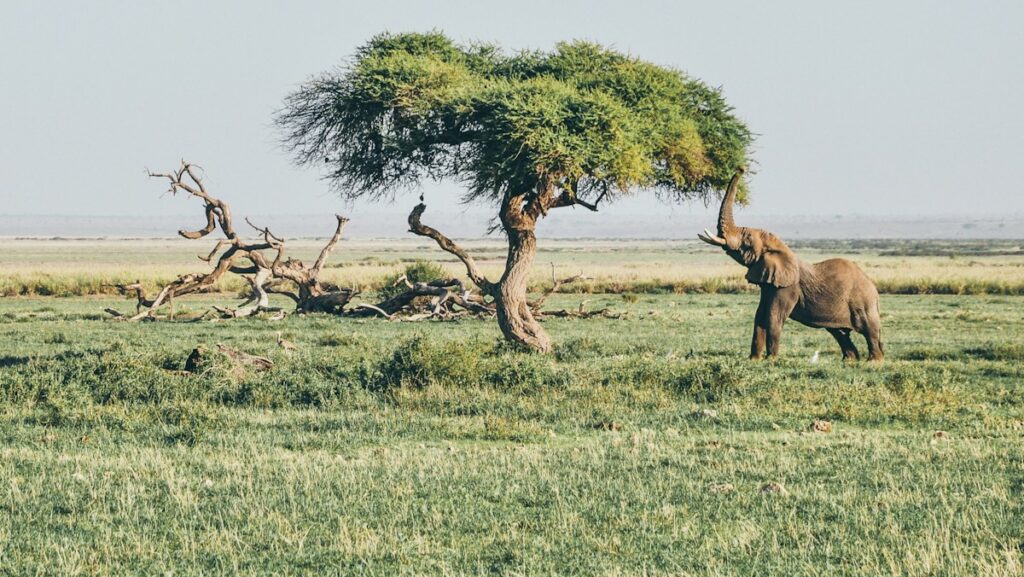
The disappearance of pollinators would trigger a cascade of ecological effects extending far beyond agricultural systems. Wild plant communities would undergo dramatic transformations, as an estimated 80-95% of flowering plant species depend on animal pollination to some degree, meaning many plants would experience reproductive failure without their pollinator partners. This plant decline would subsequently impact countless animals that depend on fruits, seeds, and vegetation for food, including birds, small mammals, and other wildlife. The complex web of interactions would continue unraveling as insectivorous animals that prey on pollinators would lose food sources, while plants that provide shelter and nesting habitat would diminish. Certain keystone plant species that create habitat structure or provide critical seasonal resources would potentially disappear, fundamentally altering ecosystem composition and function. Even soil health would suffer as reduced plant diversity leads to changes in soil microbial communities and nutrient cycling processes. Research in areas experiencing significant pollinator declines already shows concerning evidence of these cascading effects—fewer wildflowers, reduced seed production, declining bird populations dependent on insect prey, and simplification of once-complex ecosystems. These ecological ripple effects would eventually circle back to affect human communities through diminished ecosystem services like water purification, carbon sequestration, and natural pest control that indirectly support human health and well-being.
Economic Impacts: The True Cost of Pollinator Disappearance
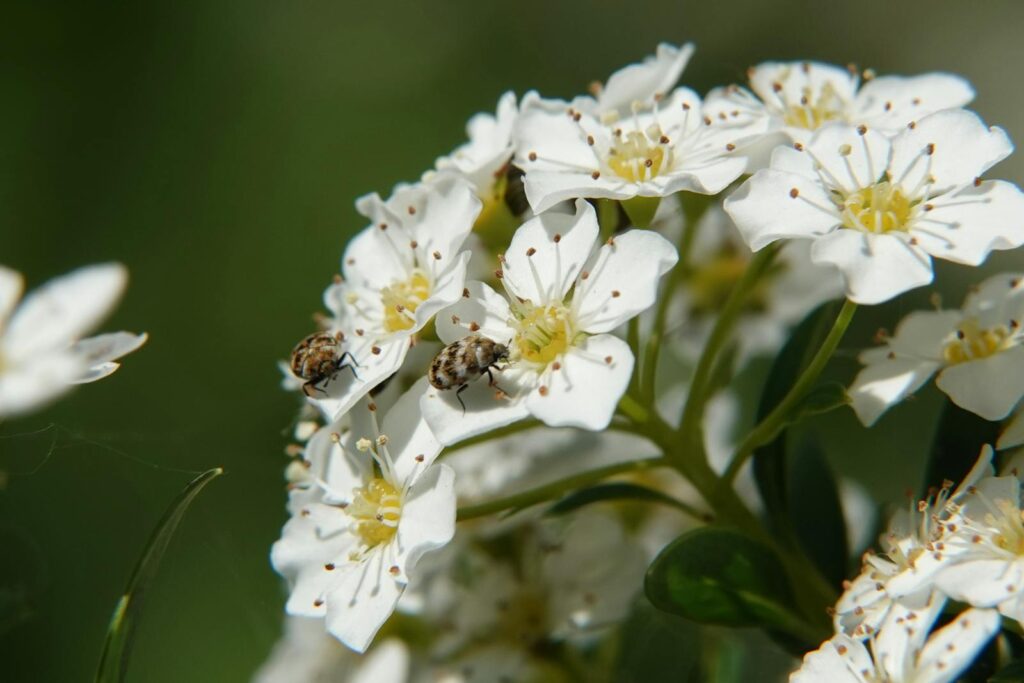
If pollinator populations collapsed, the economic repercussions would be staggering across multiple sectors. The direct agricultural losses would approach $217 billion globally per year, with crop yields plummeting for pollinator-dependent foods and farmers forced to implement costly hand-pollination methods as already occurs in parts of China where wild bee populations have been decimated. Food prices would rise dramatically as supply chains adjust to scarcity, with luxury items like chocolate, coffee, and many fruits potentially becoming unaffordable for average consumers. Industries dependent on pollinator-derived ingredients—including pharmaceuticals, cosmetics, textiles, and biofuels—would face severe supply disruptions and price volatility. Tourism centered around natural areas would decline as ecosystems lost flowering plants and the wildlife they support, affecting local economies dependent on ecotourism. The honey industry, worth over $7 billion globally, would collapse along with related products like beeswax used in hundreds of applications from candles to food coatings. These measurable economic losses would be compounded by harder-to-quantify impacts on human health as diets became less diverse and nutritious, potentially increasing malnutrition and related health problems in vulnerable populations. The economic burden would fall disproportionately on developing nations where smallholder farmers rely heavily on pollinator-dependent crops and lack resources to implement technological alternatives to natural pollination.
Human Health Implications: Nutrition at Risk
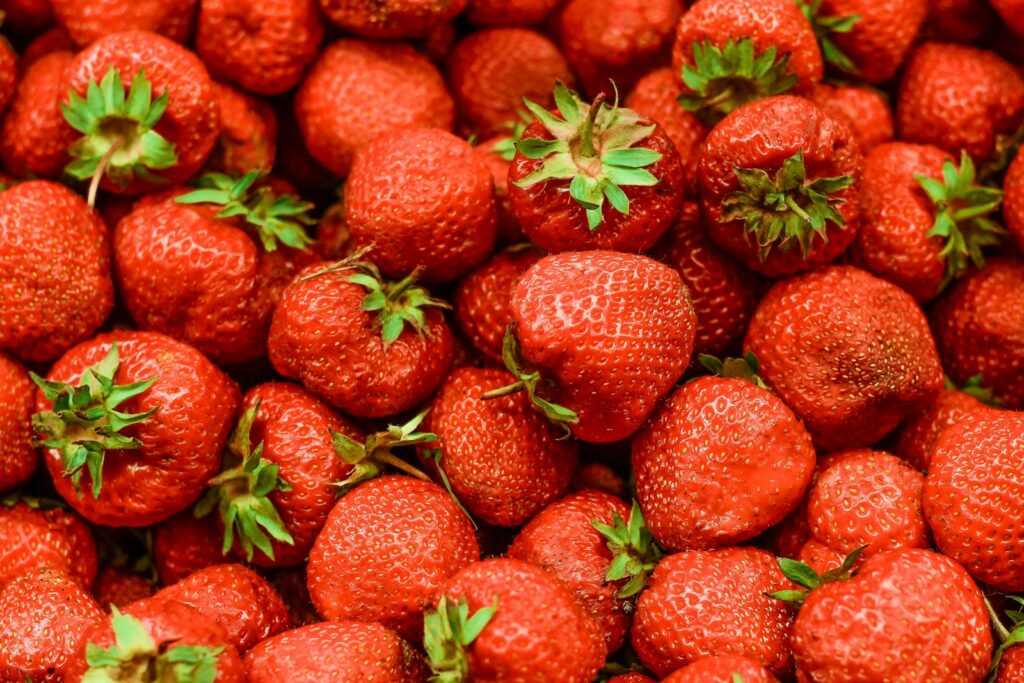
The disappearance of pollinators would significantly impact human nutrition and health outcomes worldwide through multiple pathways. Many of the most nutritionally dense foods in our diet—including numerous fruits, vegetables, nuts, and seeds—depend on animal pollination and would become scarce or prohibitively expensive without pollinators. Research indicates that pollinator-dependent crops provide approximately 40% of essential micronutrients in the human diet, including over 90% of available vitamin C, all of our lycopene, and the majority of lipids, vitamins A and E, and carotenoids that promote human health. A modeling study published in The Lancet estimated that complete pollinator loss could lead to over 1.4 million additional deaths annually from non-communicable and malnutrition-related diseases, primarily in developing regions where dietary diversity already presents challenges. Beyond nutritional impacts, many important pharmaceutical compounds originate from pollinator-dependent plants, including active ingredients used in treatments for cancer, heart disease, diabetes, and other conditions. Traditional medicine systems worldwide rely heavily on pollinator-dependent plants, with an estimated 50,000 medicinal plant species potentially affected by pollinator decline. The psychological and cultural dimensions of health would also suffer as natural environments lost flowering species and their associated beauty, potentially exacerbating conditions like depression and anxiety that respond positively to exposure to biodiverse natural settings.
Solutions in Action: Conservation Success Stories

Despite the serious challenges facing pollinators, numerous success stories demonstrate effective conservation approaches that make a tangible difference. The city of Oslo, Norway, has transformed its urban landscape by creating a “bee highway”—a network of pollinator-friendly green roofs, balcony gardens, and park spaces that provide continuous habitat through the city, resulting in documented increases in wild bee diversity and abundance. In the United Kingdom, the B-Lines project has established corridors of wildflower-rich habitat connecting fragmented landscapes, creating insect “superhighways” that allow pollinators to move between isolated natural areas. Farmers implementing integrated pest management techniques have successfully reduced pesticide use while maintaining yields, as demonstrated by a large-scale study in France showing that most farmers could cut pesticide use by 42% without affecting productivity. The Xerces Society’s Bee Better Certified program has helped agricultural producers implement pollinator-friendly practices on over 65,000 acres of farmland, creating habitat and reducing chemical impacts while providing economic premiums for participating farmers. Costa Rica’s payments for ecosystem services program has incentivized landowners to restore and protect pollinator habitat, contributing to the country’s remarkable forest recovery while supporting rural livelihoods. These diverse examples prove that with appropriate knowledge, policies, and commitment, we can reverse pollinator declines while creating additional benefits for agriculture, communities, and ecosystems.
How You Can Help: Personal Actions That Make a Difference

Individual actions collectively create significant impact for pollinator conservation, starting with transforming your outdoor spaces—no matter how small—into pollinator havens by planting native flowering species that bloom sequentially throughout growing seasons to provide continuous nectar and pollen resources. Reducing or eliminating pesticide use represents another crucial step, particularly avoiding neonicotinoids and other systemic insecticides harmful to pollinators, while embracing natural pest management approaches like companion planting and supporting beneficial insects. Creating nesting habitat proves equally important—leaving bare soil patches for ground-nesting bees, installing bee hotels for cavity-nesting species, and allowing some areas to remain unmulched and “messy” with leaf litter and hollow stems that provide shelter and overwintering sites. Supporting local, organic, and pollinator-friendly farmers through your food purchases creates market incentives for agricultural practices that protect rather than harm pollinators. Participating in community science programs like Bumble Bee Watch or the Great Sunflower Project allows you to contribute valuable data while learning more about pollinators in your area. Advocating for pollinator-friendly policies at local, state, and national levels—including habitat conservation, pesticide restrictions, and research funding—helps create systemic change beyond individual actions. Even seemingly small gestures like educating friends and family about pollinator importance builds broader public support for conservation efforts that can reverse current decline trends.
The Future of Pollination: Technology and Innovation
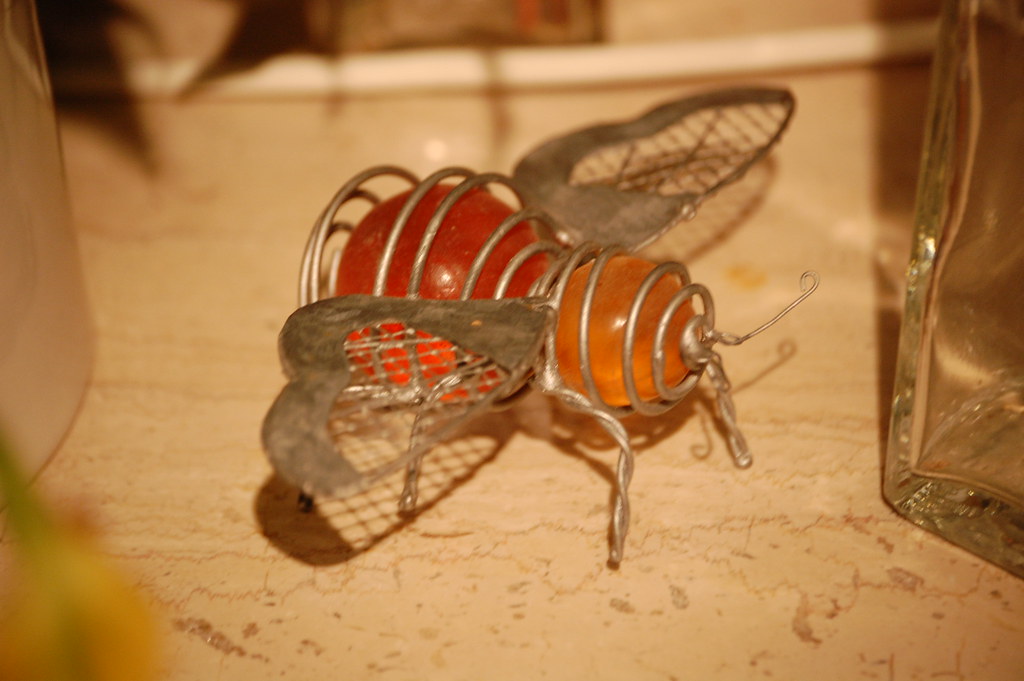
As natural pollination faces mounting threats, researchers and entrepreneurs have begun developing technological approaches that could supplement—though likely never fully replace—the services provided by animal pollinators. Micro-drones equipped with horsehair brushes and sticky gels have been successfully tested for artificial pollination, particularly targeting high-value crops like almonds and apples. These drones mimic bee behavior by collecting and transferring pollen from flower to flower. Researchers have also created robotic bees using lightweight materials and advanced sensors for precision pollination. Meanwhile, automated greenhouses now use pollen-spraying devices to maintain productivity without relying on insects. Scientists are experimenting with electrostatic pollination, where pollen adheres to charged surfaces and transfers to other plants through controlled movement. While promising, these technologies face hurdles in cost, scalability, and ecological impact. Pollination biology is complex, and synthetic solutions can’t match the adaptability of natural systems. Still, targeted innovation may help stabilize food production where pollinator populations have collapsed. Ongoing projects combine AI, data analytics, and agricultural robotics to fine-tune pollen delivery in real time. Developers focus on integrating these tools into existing farm operations, aiming to support rather than replace pollinators and reduce crop dependency on shrinking bee populations.

